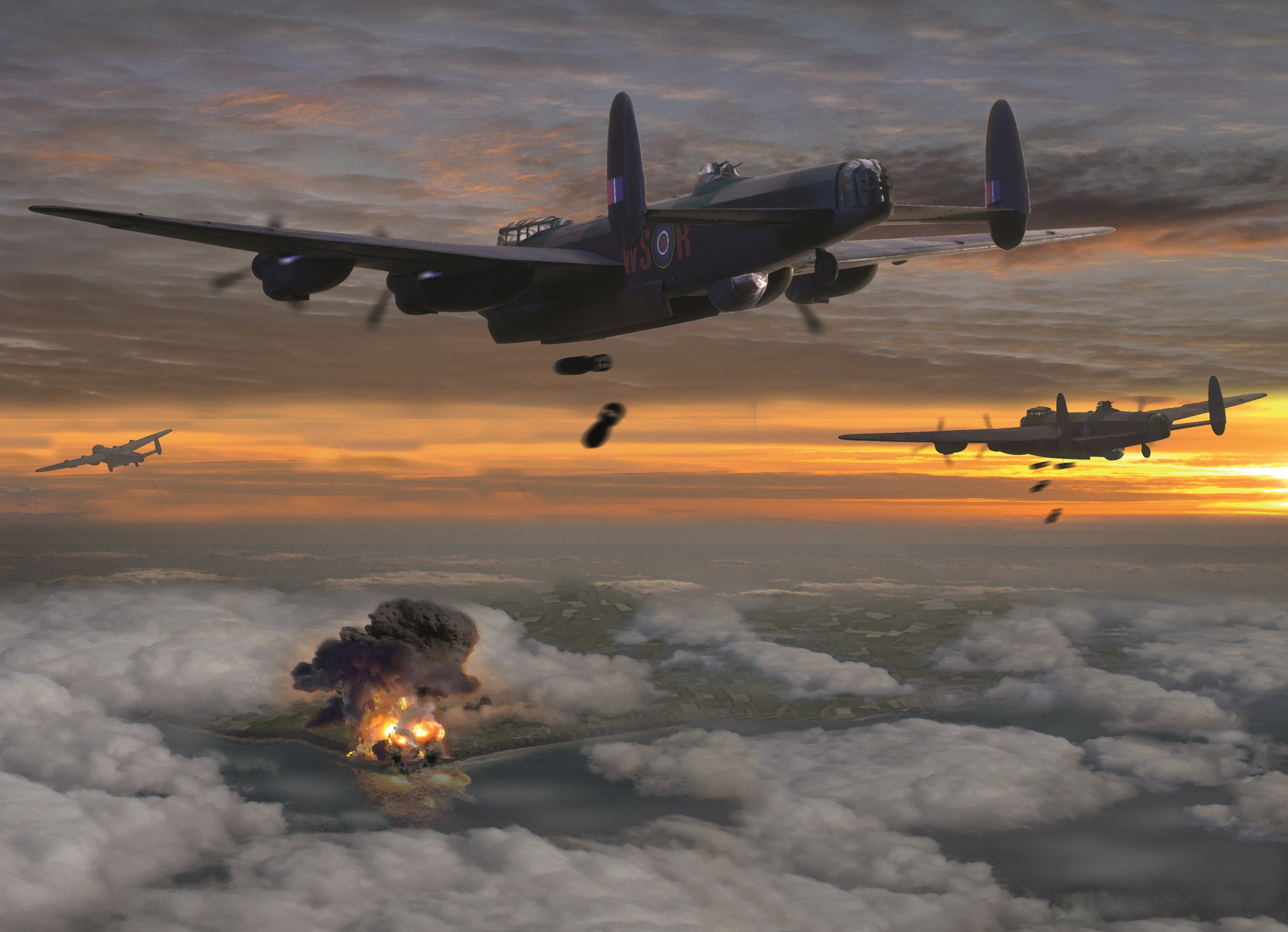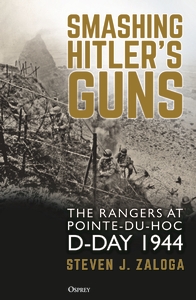On the blog today, Steven Zaloga, author of Smashing Hitler's Guns: The Rangers at Pointe-du-Hoc, D-Day 1944 takes us through what we can expect in his new book.
I wrote a small book on Pointe-du-Hoc for the Osprey Raid series many years ago. I found it very difficult to write since I had so much fascinating material about the subject that simply didn’t fit into the small format. So, I began thinking of a full-length treatment of the subject.
My new book covers the full scope of the Provisional Ranger Group on D-Day, not only Pointe-du-Hoc. It’s hard to cram that into a title, so the title focuses on Pointe-du-Hoc. This is obviously the most famous aspect of the Rangers’ actions on D-Day, but actually the majority of the Rangers fought on Omaha Beach on D-Day, away from Pointe-du-Hoc. The book also covers the subsequent Ranger actions in Normandy in the days after D-Day, including the relief of Rudder’s trapped Rangers at Pointe-du-Hoc, and the capture of the two German gun batteries near Maisy.
The book is not narrowly focused on the Rangers. It puts the Ranger mission on D-Day in a broader context. Climbing cliffs to attack the German gun battery was obviously very dangerous. Why was such a hazardous mission necessary? My book examines the threat posed by German coastal gun batteries and explains why the Allied planners decided on such a daring mission on D-Day.
Pointe-du-Hoc is usually seen only from the Ranger perspective. But my book broadens the perspective to include the air attacks and naval bombardment that were essential to the mission. Until now, the German side of the story has been almost uniformly ignored. By detailing the German side, some of the mysteries are explained. For example – why weren’t the German guns in the new bunkers at Pointe-du-Hoc? Why didn’t the German guns fire at the Allies on D-Day? Did Allied intelligence know that the German guns had been moved away from Pointe-du-Hoc before the D-Day landings?
The book can be ordered in hardback and digital formats on our website here.

Pointe-du-Hoc was subjected to an intense bombardment by RAF Bomber Command in the pre-dawn hours of D-Day as shown in this illustration of the Operation Flashlamp raid. (Author)



Comments
You must be logged in to comment on this post. Click here to log in.
Submit your comment